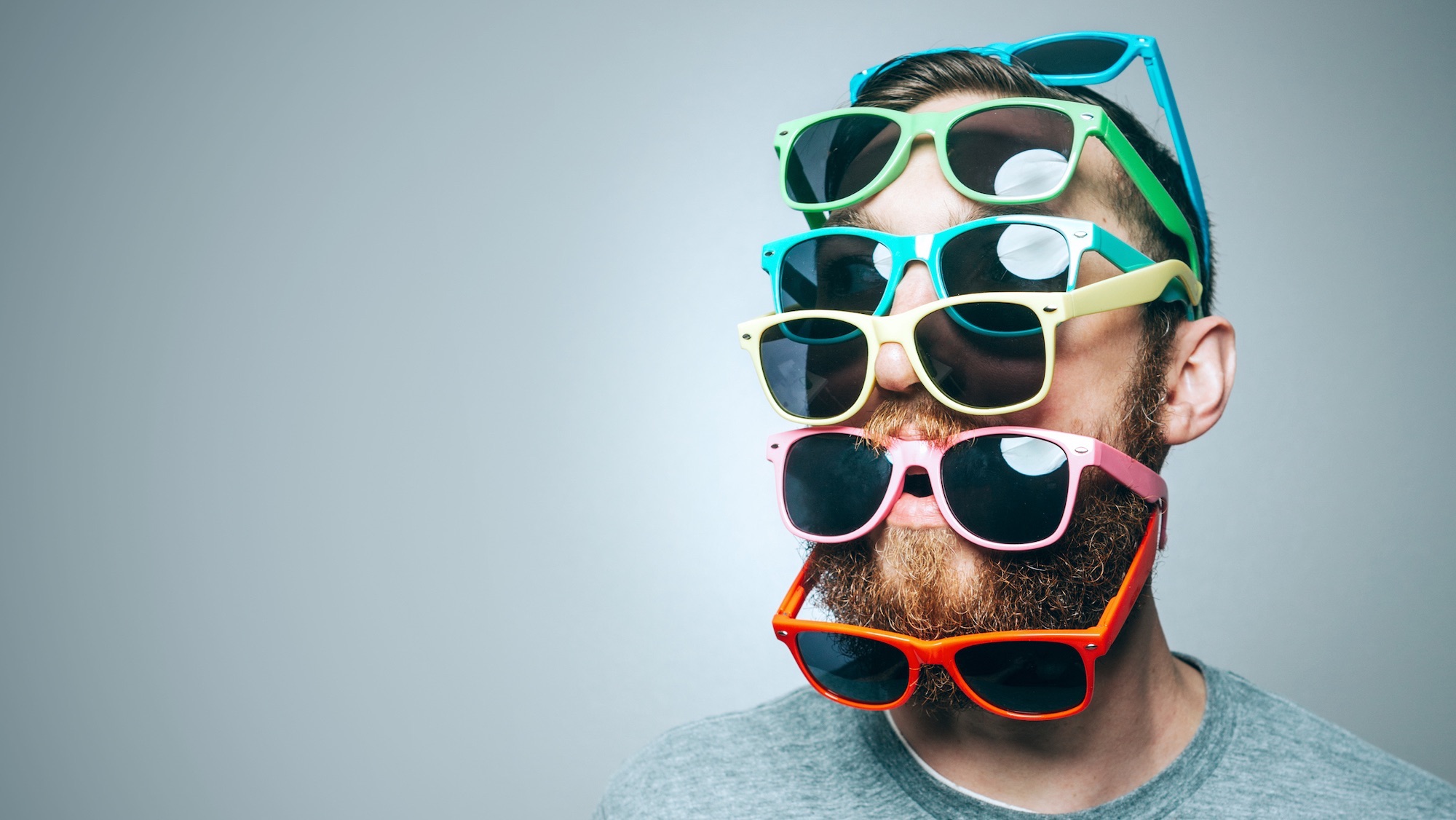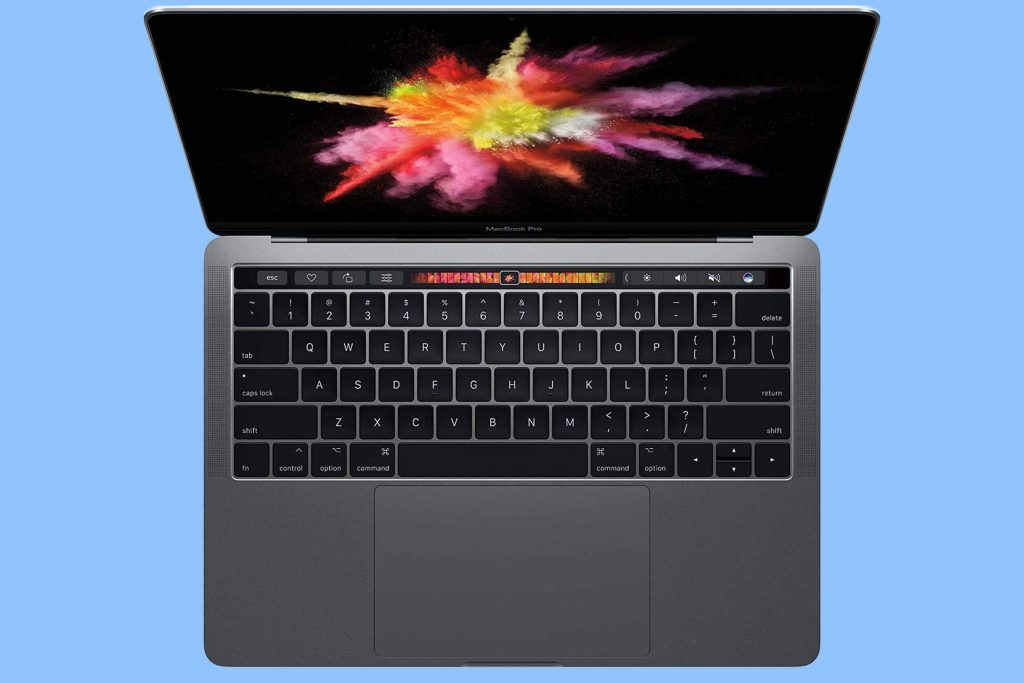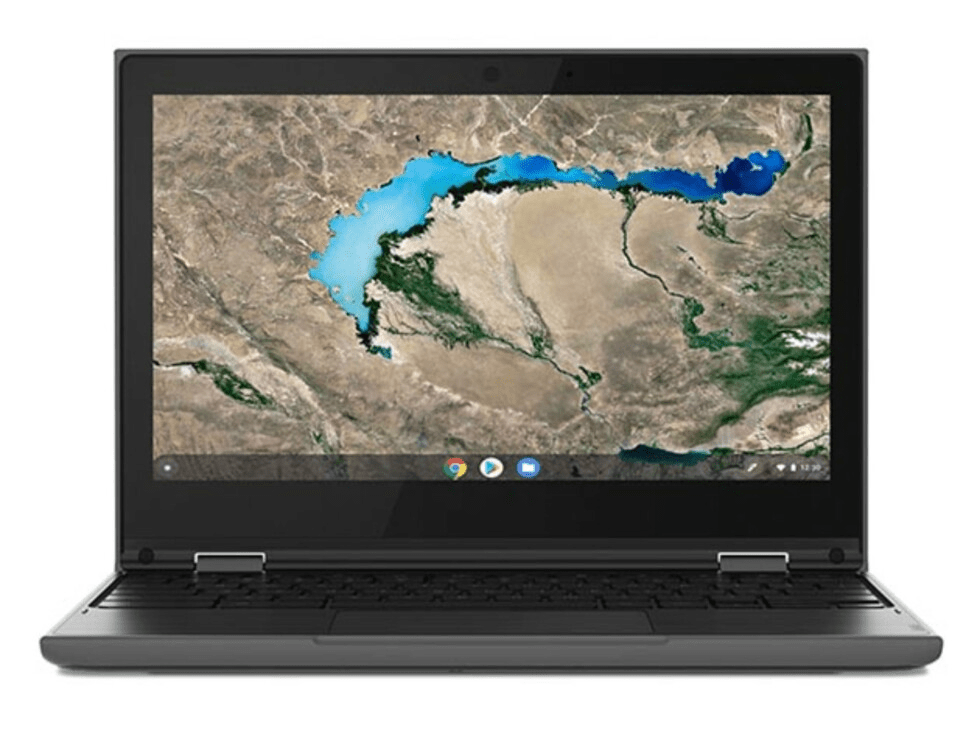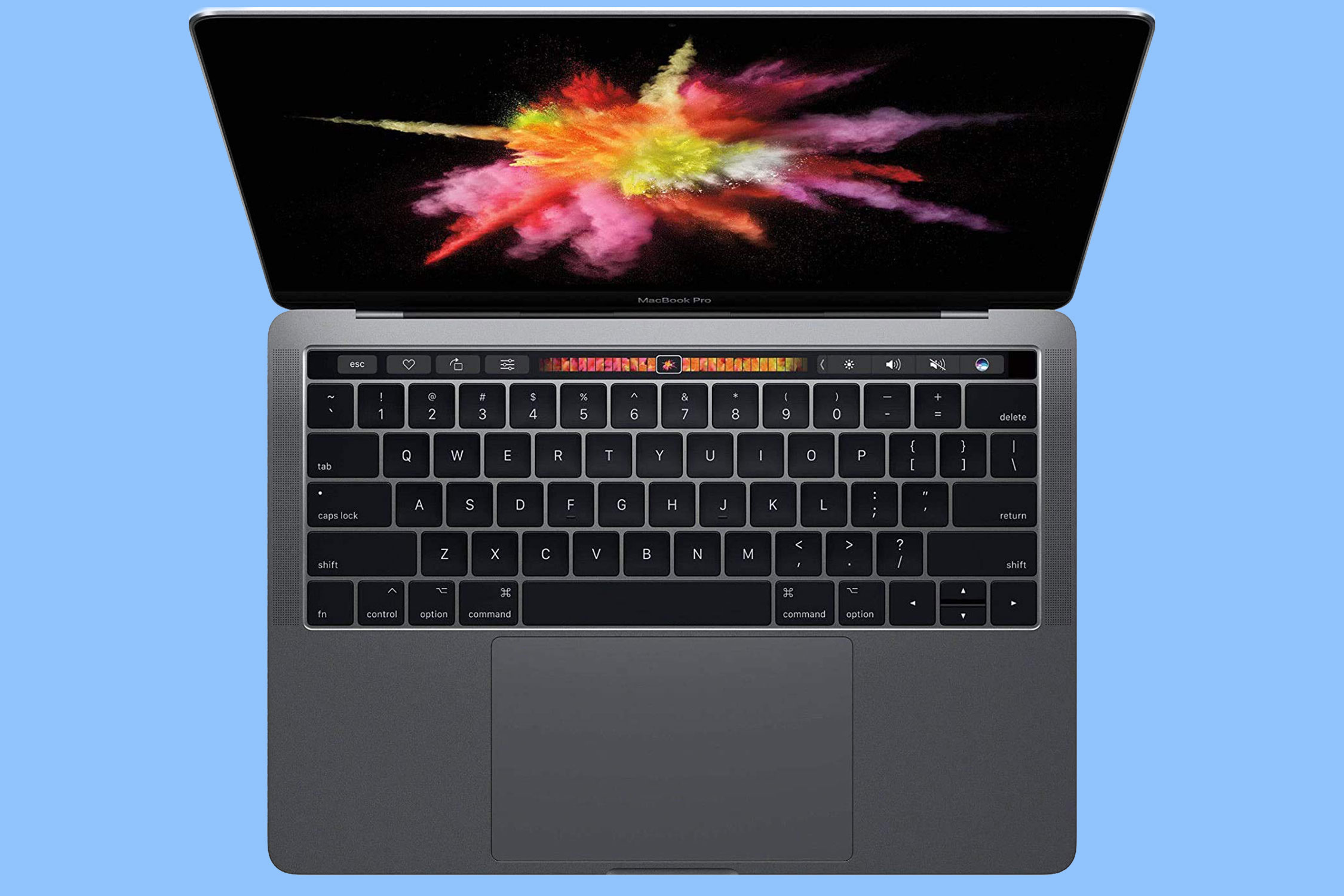Now Reading: How to protect your eyes with the right sunglass tint
-
01
How to protect your eyes with the right sunglass tint
How to protect your eyes with the right sunglass tint

Get the Popular Science daily newsletter💡
Breakthroughs, discoveries, and DIY tips sent every weekday.
When it comes to selecting a pair of sunglasses, most people choose style over substance. But depending on the activities you’re planning, you may want to offer more consideration to the tint (color) and shade (darkness) of your sunglasses. Because while colored lenses can be fun, they’re also functional. The right ones can reduce glare and brightness, but also boost color perception and clarity, depending on the weather conditions and circumstances.
So this summer, choose wisely to protect your eyes, enjoy your surroundings, and maintain good vision whether you’re lounging by the beach or summiting mountains.
Safety first
Before you start obsessing over the color of your lenses, put the safety of your eyes first. When picking sunglasses insist on ones with 100 percent UVA and UVB protection, says Emily Schehlein, ophthalmologist at Brighton Vision Center in Michigan and spokesperson for the American Academy of Ophthalmology.
[Related: The evolution of sunglasses from science to style (and back again)]
UV light can cause eye cancer, cataracts, pterygium or surfer’s eye—a growth from the corner of your eye to your cornea that can affect people of any age—and a slew of other conditions that could put your vision and overall health at risk. Fortunately, she says, “Sunglasses can help cut down on the risk of those diseases.”
The bigger the lenses, the better, she adds, highlighting that contact lens wearers–most contacts are UV protective–should wear sunnies, too, to protect their whole eyes. Schehlein advises that you wear sunglasses any time you’re outdoors, especially in the summer when UV is three times stronger, on the beach, on water or snow when reflective light is bouncing in every direction, and when on medications that can cause photosensitivity.
Color matters
When it comes to selecting the perfect pair of sunnies, the color of the lens can matter more than you think. Different lens tints can filter light and change our perception in various ways.
That said, yellow and amber are the only colors scientifically proven to notably boost contrast sensitivity by filtering out shorter wavelengths of light, giving the perception that vision is clearer. Yellow (and pink) is a solid option in low light, including around dusk and on overcast days.
Other colors may still offer a visual boost or more comfort depending on the conditions, says Marcus Franck, co-founder of Vallon, a sunglasses brand with a focus on optical clarity in sports lenses.
For example, Franck says most Vallon sunglasses are fitted with tints like grey, brown and green, which offer natural color vision and excellent light-blocking on bright, sunny days. They tend to be the most popular shades for everything from mixed-light conditions like when hiking in and out of woods, to full sun. If you’re only going to have one pair of sunglasses, grey or brown are a good choice.
Grey is best at reducing brightness in extremely sunny conditions and offers the most accurate color perception. Brown lenses can ease eye strain and offer better focus and more comfort in the long run, according to Franck. Plus they help maintain depth perception. They don’t work as well on rainy or overcast days, though.
So if you’re enjoying a sunny beach day or watching your kid’s summer soccer game, stick with brown or grey, which will provide protection and strain-free vision. If you’re golfing, mountain biking, or hiking, brown or yellow tints can help with visual acuity (sharp vision) and depth perception, even in overcast conditions.
Photo finish
Finishes can also affect how our eyes perceive our surroundings. For example, mirror finishes that add a reflective shine to the outside of sunnies aren’t just for looks. The thin layer of metallic coating cuts down on the amount of visible light entering eyes and can even boost UV protection, making them an excellent choice for bright, sunny days.

Likewise, polarization is a chemically applied filter that blocks horizontal light—reflections on flat surfaces like water or the road—which is what our eyes see as glare. Think of polarization like blinds on a window, Schehlein explains: Light still passes through partially open blinds, but there’s less of it and it’s mostly coming from one direction. This effectively darkens your field of vision and reduces glare by eliminating bouncing light. Polarized coatings are excellent for driving or when you’re on a body of water when reflections can make details harder to decipher.
However, Franck says, “Polarization actually makes it harder for our eyes to safely distinguish between layers of snow and ice. So for skiing, ski touring, snowboarding and high altitude mountaineering on ice, non-polarized lenses are better.”
The category is…
Higher quality glasses may be advertised as in a category from 1 to 4. These categories are determined by how much light passes through the lens to your eye via a metric called VLT (Visible Light Transmission). The higher the category, the darker the lens. If you see a VLT percentage, it’s the opposite: the smaller the number, the less light is passing through the tinted lens.
The darkest sunglasses are category 4 or have a VLT percentage between three to seven, according to Vallon’s website. Category 1 indicates lenses with a VLT between 46 to 79 percent, or lightly tinted. The key is to find a balance between too light and too dark. “A very dark tint may negatively impact visual clarity/acuity,” says Schehlein. But go too light and you may not see as much glare reduction and eye fatigue may increase depending on the conditions. “The ideal tinted lens gives a balance between improving contrast and reducing glare/light scatter but maximizing visual acuity.”
So choose your lens color wisely, then enjoy less eye strain and better contrast and protect your eyes when you’re outdoors.

More deals, reviews, and buying guides
The PopSci team has tested hundreds of products and spent thousands of hours trying to find the best gear and gadgets you can buy.






















